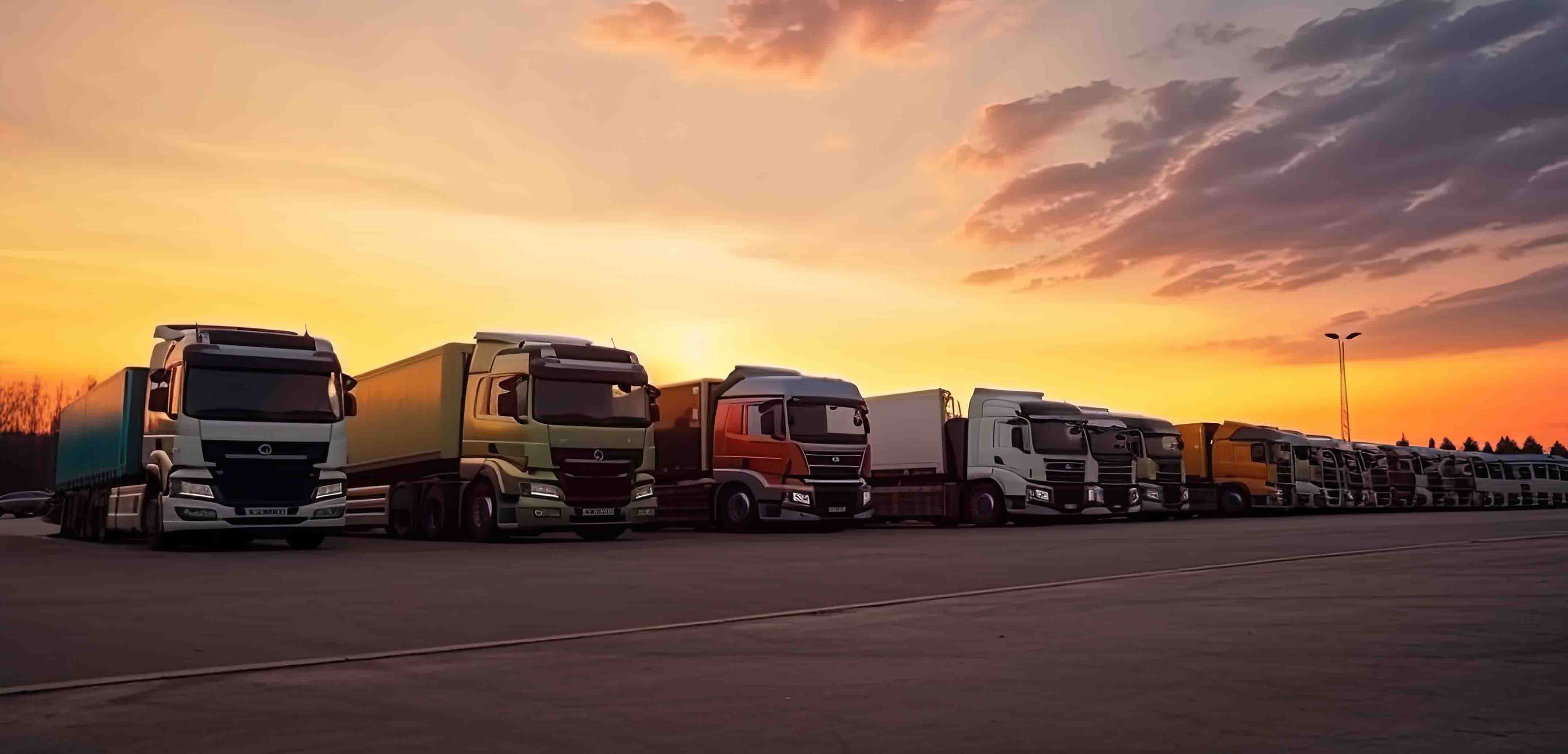
How To Make Your Vehicle Street Smart?
How To Make Your Vehicle Street Smart?
In today's rapidly evolving world of transportation and technology, vehicle management has become more demanding than ever before. With the growing need for real-time information and improved safety, video telematics has emerged as a powerful tool for businesses and individuals seeking to optimise their operations or day to day travel, enhance safety, and reduce costs. Video telematics is a technology that combines video recording with telematics data from vehicles to provide a comprehensive view of a vehicle's performance and the behaviour of the driver. It involves the use of cameras, sensors, GPS, and other data collection tools to capture and transmit information to a central server or cloud-based platform. This data is then analysed to provide actionable insights for fleet managers and owners.
In June, the U.S. National Highway Traffic Safety Administration (NHTSA) unveiled its initial forecasts for traffic fatalities in 2023. According to their estimates, approximately 9,330 individuals lost their lives in traffic collisions within the first quarter of the year. This marks a 3.3 percent decline compared to the projected 9,645 fatalities during the corresponding period in 2022. Noteworthy in this reduction is the impact of telematics, a swiftly advancing technology that empowers organisations to proactively tackle safety concerns within fleet management and commercial driving.(Source)
Applications of Video Telematics
Video telematics has a wide range of applications across various industries, including transportation, logistics, delivery services, and more. Here are some of the key applications:
Driver Safety: Video telematics systems can record both the interior and exterior of a vehicle, helping to monitor driver behaviour and ensure adherence to safety protocols. These systems can detect actions such as speeding, harsh braking, and distracted driving. By monitoring and addressing risky driving behaviour, there can be a reduction in accidents.
Accident Investigation: In the event of an accident, event recording can be crucial for insurance claims and liability assessments. It provides an objective record of events and helps determine the cause of the accident.
Cargo Security: Video telematics can be used to monitor the security of cargo and detect unauthorised access or theft. This is particularly important in the transportation of high-value goods.
Driver Training: Video footage can be used to train and educate drivers on safer and more efficient driving practices. It provides real-world examples of good and bad driving behaviour.
Facial Recognition: AI-driven facial recognition, coupled with biometric data, distinguishes individuals based on their distinct facial features. This advanced technology not only increases security but also streamlines user authentication and access control across various devices.
Challenges and Considerations
Recording both the interior and exterior of vehicles raises privacy concerns. Companies must establish clear policies and communicate with drivers about the use of video telematics. Storing and managing large volumes of video data can also be complex. Companies need advanced systems for data storage and analysis. Moreover, integration with existing fleet management and telematics systems can also be a challenge sometimes. Therefore, it is essential to ensure compatibility and data sharing. Roadcast’s Video Telematics stands as a solution to circumvent such issues.
The adoption of video telematics will likely become more widespread as businesses realise its potential to enhance safety, reduce costs, and improve overall efficiency. By harnessing the power of video telematics data, companies can make their fleets safer and more productive while also benefiting from lower insurance costs and reduced accident-related expenses. As technology continues to advance, video telematics is expected to become even more sophisticated. Artificial intelligence and machine learning will play a significant role in the analysis of video data, allowing for predictive maintenance, automated driver coaching, and improved risk assessment.
Undoubtedly, video telematics is a game-changer in the world of logistics and transportation. With ongoing advancements in technology, the future of video telematics holds even greater promise for businesses looking to stay competitive and secure in an ever-evolving industry.
